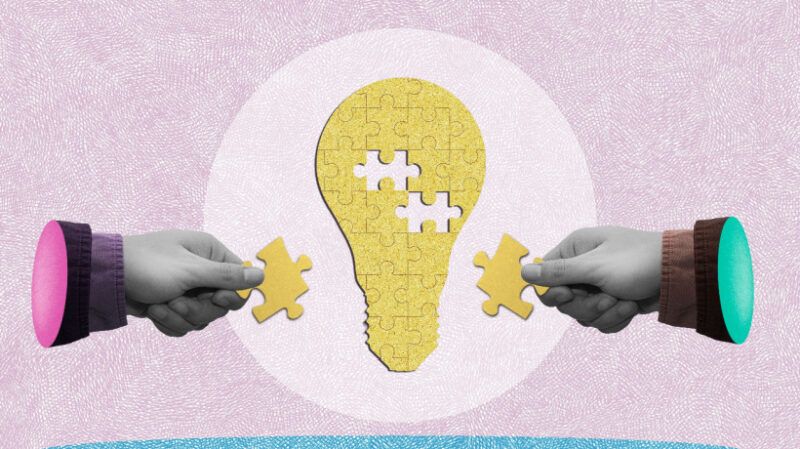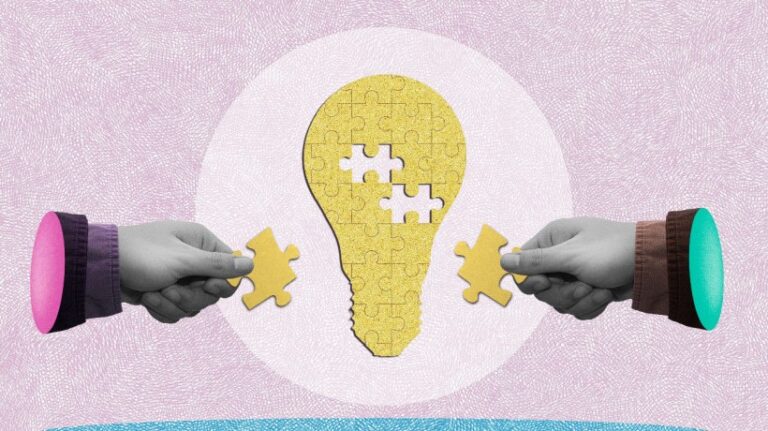
A quick guide to two bite-sized learning trends
We live in a world of continuous meetings, browser tab overload, and notification voices. For working professionals who are trying to learn day jobs while juggling, traditional courses don’t cut it anymore. For the L&D team, the challenges are real. How can I build a feature without spending too much time? The answer lies in adapting to the attention economy in a format that respects learners’ day. That’s where microlearning and nanolearning come into play. Two bite-sized approaches promise to keep up with modern workflows while driving impact. But what is the difference between them? And when should one be used more than the other? Let’s break it down.
Microlearning vs. Nanolearning: What’s the difference?
Both microlearning and nanolearning meet the same needs. It is learning that fits the flow of work. However, their roles, the depth of the subject, and delivery style vary in important ways. Use this table to decode each format when it works best.
Attribute Microlearning Nanolearning Typical Period 3-7 minutes < 1 minute Use Case Soft Skills, Onboarding, Product Training, Using Compliance Refresh Tools, Function Nudges, Quick Policy Tips Format Short Video, Interactive PDFs, Quiz, Infographics, Infographics, Audio Byte Tooltips, Pop-ups, Chatbot Concepts Performance. Mobile-first or LMS delivery modules embedded in workflows, automation tools are good for flexible, scalable, enhanced instant, contextual, low effort.
Microlearning solutions are your favourite for developing your skills over time. Nanolearning shines when the goal is instant action.
Micro and Nanolearning Value Lever: Why They Are Delivered
If you’re investing in microlearning solutions or experimenting with nanolearning, there are things you’re actually buying. Changes in behavior that suits your actual job. They do well and these forms don’t just train. They move the needle.
They meet learners: internal apps. Mid task. Between meetings. That’s where learning sticks. They keep things focused: they don’t waste time. There is no fluff. Something important for now. They increase confidence and are fast: quick victory leads to something else. And another. That’s how momentum is built. They drive engagement: clean design, short time commitment, and immediate payoffs make them difficult to ignore. They scale easily: one custom e-learning module can use 100 different ways. Reduces retraining cycles. A short, well-placed content will provide fewer reminders, fewer refreshes, and improve ROI.
Conclusion? Short learning is remembered, reused and applied when completed wisely. And that’s what good training should be done.
Learning Science Behind Small
Bicycle-sized formats such as microlearning solutions and nanolearning prompts are more than just convenient. They are rooted in proven learning science. Here’s how the brain responds to small-scale learning and why it works:
Ebbinghaus Forgetting Curve
The forgetting curve proposed by psychologist Hermann Ebbinhaus shows how quickly we forget newly learned information. Without enhancements, people forget about 50% of their content within an hour and up to 90% within a week.
Example: After a long compliance webinar, most employees will forget important policies by next week, unless that information is strengthened by small reminders or contextual nudges.
Reduced cognitive load
Long lesson tension work memory. The brain can only process a limited amount of information at a time. Chunting content into a digestible format will significantly reduce learning fatigue.
Example: Instead of asking a new manager to sit in a 90 minute session on feedback, we provide 10 minutes of modules each day, covering listening, tone, timing and delivery separately.
Practice repetition and search
Learning sticks when you are asked to not only consume it but to get it. This active recall enhances knowledge retention much more than passive exposure.
Example: Every week, NanoLearning Nudge can ask, “Which of these actions demonstrate empathic leadership?” The best nanolearning modules have embedded lightweight quizzes, votes, or decisions to boost recalls and to deepen understanding.
Better alignment with attention span
Modern learners, especially working professionals, are constantly suspended. Research suggests that the attention of the average adult hover for about 8-12 minutes.
Example: A two-minute refresher of email writing shared just before a team member submits a report is better than the one-hour writing workshop held last quarter.
Microlearning and nanolearning are not shortcuts by reflecting how memory, attention, and motivation work. They are science-backed tools designed to help you learn at the end.
Make it work: Success factors from the field
For a micro-learning or nano-learning solution to be successful in today’s workplace, it cannot be shortened. It must be keen, strategic and built around the way modern experts actually learn. Based on research and real-world practice, these seven factors make all the difference.
1. Single Focus, Modular, Accessible
Each module needs to resolve one problem. This way, learners can get immersed, get what they need and apply unrelated content without roaming around.
Handling a 1:1 feedback refund request or quick clip on a standalone checklist makes learning the flow of work easier. Accessibility is also important. It is designed by less than two clicks to reach, mobile-ready, and intuitively.
2. Focused on learners’ workflows
Forget about the typical training routes. A great microlearning solution will meet learners at the moment they need, whether they are preparing for a sales pitch or jumping into a sprint plan or not. This means you can choose to provide content mid tasks or what to focus on next. Flexibility is a new construction.
3. Designed for digital comfort
Working professionals should be digital-first and so should their learning. Static decks don’t cut it anymore. Formats like tap-through explainers, swipeable summaries, and short voting reflect the tools people already use in their daily work, boosting both recruitment and engagement.
4. It is built around micro content with true value
It’s about not only reducing the length, but also increasing the influence. Whether it’s a 3-minute module of empathic emails or a nano-sized reminder for compliance DO and DOS, all content should provide immediate job-related value. The best nanolearning is very timely and feels like a shortcut without cutting corners.
5. Encourage peer learning
Microlearning does not mean learning on its own. When short lessons encourage discussion in slacks reds and in the pack after meetings, they exert praise. As the team subsequently exchanges real responses, a simple nanovideo on handling objections becomes more powerful.
6. Built into a blended L&D strategy
When combined with continuous development, the short form flourishes. As managers follow up with live coaching and peer reviews, a simple module on performance feedback gains traction. Blending of informal, formal and social learning keeps knowledge moving.
7. Not integrated, tailored
Ultra-personalization brings microlearning solutions from useful to essential. Custom pathways based on roles, past completions, or action signals feel like content has been created.
With these elements in place, microlearning solutions and nanolearning become more than a buzzword. They will become part of how your team grows – daily, nature, and purpose.
Last word: Which wins?
truth? It’s not a duel. It is a decision tree. Microlearning solutions provide structure, depth and reproducibility. Nanolearning offers speed, simplicity and accuracy. But neither wins on its own. The real victory comes from a thoughtful L&D strategy. It maps the necessary moments to the appropriate intervention. Short onboarding video? Micro. A reminder on the line before a sales call? Nano.
For working professionals, the format should fade to the background. What’s important is whether learning will not get in the way and promote employee performance support. So don’t choose the sides. Choose the moment. Next, you will meet it with the right size learning.
Thinkdom
ThinkDom offers L&D consulting to design impactful learning experiences, L&D marketing services, AI upskills programs and enhanced employer value propositions. We ensure effective learning that aligns with your company’s goals.
It was originally published at www.thinkdom.co
Source link


